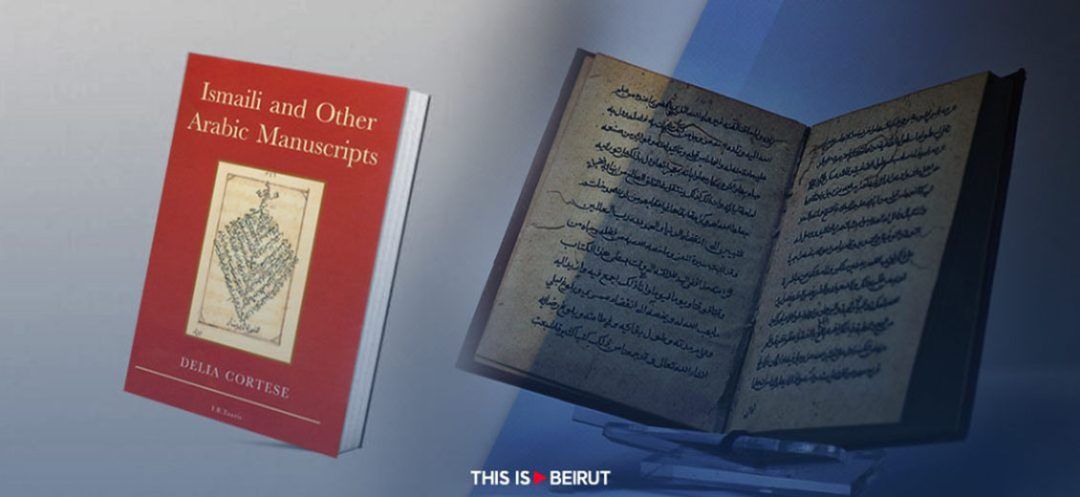
After detailing the doctrines and origins of Ismailism, an offshoot of sevener Shiism, born in the 8th century, the latter part of this article explores specific texts of the nizarite branch, known as the "Assassins," and recounts their fate following their defeat during the Mongol invasions of the thirteenth century.
Gaining notoriety through the video game series Assassin's Creed, Nizari Ismailism has often been misrepresented. The rule of its most renowned leader, Hassan ibn al-Sabbah (known as the "Old Man of the Mountain" in Crusader chronicles), and the targeted assassinations of dignitaries carried out by some insiders (the fedayin), have further fueled the dark legend surrounding Ismailism.
The 'Great Resurrection'
In the eleventh century, a segment of the Ismaili community believed that the Fatimid Imamate belonged to Nizar. These Ismailis, currently known as the Nizari Ismailis, constituted the majority of Ismaili communities in Syria, Iran, Central Asia and India. The Nizaris successfully established a network of fortresses stretching from Alamut to Masyaf. In 1164, the Nizari Imam Hasan II proclaimed the "Great Resurrection," ushering in a new era and motioning the abrogation of Islamic law.
The period of the "Assassins" is probably the most mythologized as it aligns with a notable historical gap. The bulk of writings crafted by the Nizari Ismailis got lost or were destroyed during the 1256 Mongol invasions. However, Nasir al-Din al-Tusi partially filled this gap: The Persian scholar lived nearly 25 years alongside the Assassins. He portrays a society deeply immersed in esotericism, as reflected in this dialogue with a member of the Nizari community.
“He disdained the exoteric and explained the inevitable inconsistency of those who blindly adhere to the Sharia laws.”
In his autobiography Sayr wa Suluk (Contemplation and Action), Al-Tusi also outlines an ethical principle for every Nizari, stressing the importance of not confining oneself to the master's teachings but actively engaging with the world without making prior judgments.
“You should not be swayed by someone's unconventional appearance. If, for instance, you discover the truth among idolaters, you should listen to them and accept this truth from them."
In a text dating back to 1235, his early years in Alamut, Nasir al-Din al-Tusi authored a treatise on two overall key concepts of Ismailism and Quranic commentary: Solidarity and Dissociation (tawalla wa tabarra). This writing serves as a blend of Neoplatonism, Aristotelianism and Ismaili esotericism.
"We start by saying that humanity possesses two faculties which are subsidiary and branches of the animal soul (nafs-i bahimi), namely, lust and anger (shahwat wa ghadab), which are known in Persian as arazu and khashm. These two faculties also exist in other animals. 'Doing' and 'not doing' are the result of these two faculties. However, humanity possesses another soul that does not exist in other animals, namely, the rational soul (nafs-i natiqa), and a form of intelligence known in Persian as wisdom (khirad). (...) Do not reject any creature and do not show aversion (nifrat); one cannot say 'this person is good and that one is bad, this person is a charitable soul and the other one is a wrongdoer'."
The Paradise of Submission
Let's delve into Al-Tusi's synthesis of the Ismaili "Pearl of Intellect:" The Paradise of Submission (Rawda-yi taslim). Despite its evocative title, typical of medieval Muslim authors, there's no hint of the "fanaticism" often associated with the Nizari Ismailis.
In every era, all ethics (kull-i akhlaq) and social conduct (mu'amalat) were regulated. It is imperative to subject them to the rule of reason (hukm-i 'aql) transforming these once despotic (ammara) and obstructive forces into compliant and cooperative entities. Where they once held sway over reason, reason now prevails. (...) Tyranny, stubbornness, anger, discord, vanity, fanaticism, the love of wealth and prestige, flattery... refute these fundamental traits, uproot them entirely, yes, in a sense, dismantle them one by one, and allow them to be governed by reason and wisdom."
The Asian Tâqiyya (Fourteenth to Sixteenth Centuries)
The Mongol invasion of Iran marked the end of the Nizari power. Following the fall of Alamut in 1256, the Nizaris were scattered and ruthlessly persecuted. They could only survive by practicing taqiyya, or dissimulation. Many migrated to Central Asia to present-day Afghanistan, but mostly to India. In their new scattered environment, the Nizaris occasionally associated with Sufi orders and at other times with Hindu communities.
Some poems from this period reveal the adoption of certain Sufi traditions. In this poem attributed to Pir Sadr al-Din, a migrant to India, we observe the traditional use by Sufis of love vocabulary to liken God to the "Beloved" with whom the novice, "the Lover," wishes to unite:
“Whenever love ignites within for the Beloved,
It shall annihilate your ego, unreserved.
Night and day, it's wakeful, unable to sleep,
Ceaseless, its eyes weep, in secrets deep.
The soul cries out, akin to a bird,
Eager to soar, to capture a single glance of the Beloved's word (…)”
Ismaili migrants also embraced Khojki calligraphy, of Hindu origin, as well as the Gujarati language. Moreover, concepts and even deities from Hinduism found their way into a branch of Ismailism known as Satpanth, where sacred literature comprises poems called ginans. The following ginan is attributed to Nur Muhammad Shah and is sourced from the collection Satveni moti dating back to the sixteenth century:
“Why squander life in pursuit
Of fleeting shadows 'neath trees, so mute?
(…) Bind not your heart to a home
Where you may not forever roam,
A guest akin, with thoughts to roam,
Who lingers brief, while mind does roam.”
When delving into Ismaili texts, one can perceive their distinctive contribution to the intellectual tapestry of Islam, transcending the stereotypes of hashish-smoking zealots. Revisiting their writings unveils deeply syncretic and cosmopolitan ideas, praising both reason, wisdom and the esoteric interpretation of the Quran.
The Nizari Ismailis, known as the "Assassins," have generated literature that transcends the dark legend of the "hashish smokers."
[readmore url="https://thisisbeirut.com.lb/culture/235968"]
Read more




Comments